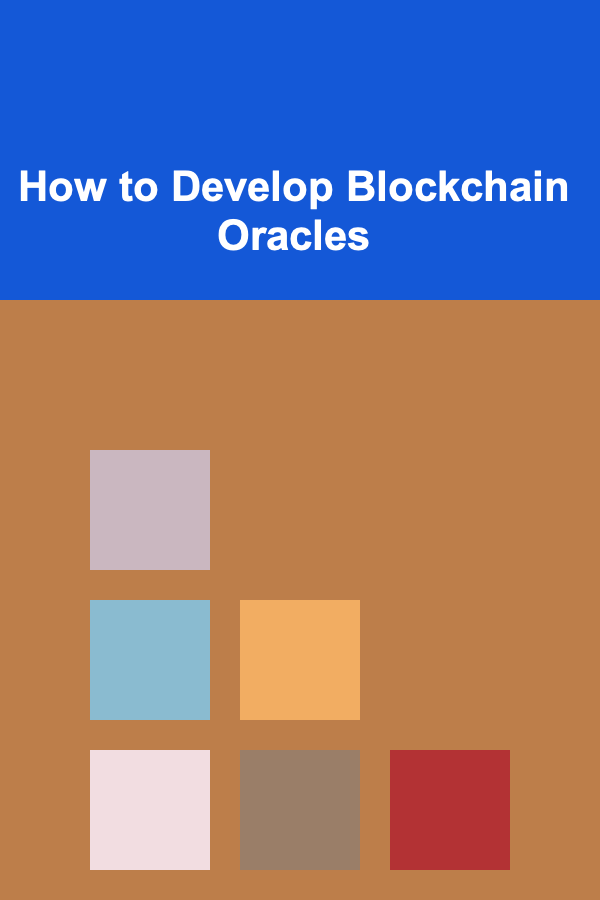
How to Develop Blockchain Oracles
ebook include PDF & Audio bundle (Micro Guide)
$12.99$11.99
Limited Time Offer! Order within the next:

Blockchain technology has emerged as a revolutionary advancement, altering the way we view transactions, data verification, and decentralized applications. A blockchain, in its essence, is a secure, transparent, and immutable ledger system that enables peer-to-peer transactions. However, despite the remarkable capabilities of blockchains, they remain isolated from external systems, meaning that the blockchain itself cannot directly access data from the outside world (like weather conditions, stock prices, or real-world events). This is where blockchain oracles come into play. Oracles act as bridges, allowing blockchains to interact with external data sources securely and reliably.
In this article, we will explore the concept of blockchain oracles in-depth, including what they are, why they are essential, how they work, and how to develop a blockchain oracle from scratch. Along the way, we'll also discuss the different types of oracles, the potential challenges developers may face, and the best practices for creating effective oracles that can unlock new possibilities for decentralized applications (dApps).
What Are Blockchain Oracles?
A blockchain oracle is a service or mechanism that connects blockchains with external data sources. Blockchains, being closed systems, do not have access to off-chain data, which limits their application to real-world events. Oracles provide a solution by feeding real-world data into the blockchain. This data can be anything from weather reports, exchange rates, sports scores, legal documents, or even any real-world event that can impact smart contract execution.
Smart contracts, the self-executing contracts with the terms of the agreement directly written into code, rely on blockchain oracles to interact with the outside world. Oracles bring the real world into the blockchain ecosystem by supplying smart contracts with the data they need to function correctly. Without oracles, smart contracts would be limited to executing only based on the information available within the blockchain itself.
Why Are Blockchain Oracles Important?
Blockchain oracles are crucial for several reasons:
- Enable Smart Contracts to Access External Data: For many use cases, smart contracts need access to real-world information, such as the price of assets or results of external events. Without oracles, these contracts would be limited to blockchain data, making them much less useful for most applications.
- Unlock the Potential of Decentralized Finance (DeFi): One of the most common use cases for oracles is in decentralized finance (DeFi) applications, where real-time market data is essential for operations like borrowing, lending, and trading. Oracles provide price feeds and ensure that smart contracts execute based on accurate, up-to-date information.
- Decentralize Data Feeds: Oracles allow decentralized applications to access real-world data without relying on centralized services, thus maintaining the decentralized nature of blockchain. This is especially important for ensuring trustlessness in decentralized systems.
- Open New Use Cases for Blockchain: Blockchain oracles facilitate a wide variety of applications beyond finance, such as insurance, supply chain management, and gaming, where smart contracts need to interact with real-world events.
Types of Blockchain Oracles
Not all blockchain oracles are created equal. They vary in terms of their data sources, how they interact with the blockchain, and their level of decentralization. The main types of blockchain oracles include:
1. Software Oracles
Software oracles fetch data from online sources, such as APIs, websites, or databases, and deliver that data to the blockchain. These oracles can provide information like cryptocurrency prices, weather reports, stock prices, or any other kind of public data. They are the most common type of oracle and are used in a wide range of applications, especially in the DeFi ecosystem.
2. Hardware Oracles
Hardware oracles rely on physical devices to input data into the blockchain. For example, IoT sensors that monitor temperature, humidity, or other physical conditions can be used as a hardware oracle to supply data to a blockchain. These oracles are useful for applications like supply chain management, where physical data is important for verifying and tracking goods.
3. Inbound Oracles
Inbound oracles provide data from external sources and bring it into the blockchain. They are used to supply the blockchain with off-chain data, like asset prices or event results. These are the most common oracles, and their job is to feed real-world data into smart contracts.
4. Outbound Oracles
Outbound oracles send data from the blockchain to external systems. These oracles enable the blockchain to interact with external systems by sending information or triggering actions outside the blockchain network. For instance, an outbound oracle could notify an insurance company's internal system that a claim has been triggered.
5. Consensus Oracles
Consensus oracles involve multiple data sources and create a consensus among them before delivering data to the blockchain. These oracles aggregate data from several different sources to ensure accuracy and prevent manipulation. This type of oracle is highly useful in situations where the data provided to the blockchain needs to be highly reliable and tamper-resistant.
6. Decentralized Oracles
Decentralized oracles employ multiple independent data sources to eliminate the risks of centralization and single points of failure. In decentralized oracles, data is gathered from multiple providers, and a consensus mechanism is used to validate the data before it's sent to the blockchain. This ensures that the blockchain receives accurate and trustworthy information, reducing the risk of manipulation.
How Blockchain Oracles Work
Blockchain oracles work by acting as intermediaries between the blockchain and external data sources. Here's a simplified breakdown of how an oracle works in the context of a smart contract:
- Triggering the Smart Contract: A smart contract, which is written on the blockchain, is designed to execute based on specific conditions. For example, a smart contract may be created to automatically execute a payment when the price of a certain asset reaches a predetermined threshold.
- Requesting External Data: When the conditions in the smart contract are triggered, the contract needs external data to proceed. This is where the oracle comes into play. The oracle fetches the required data from external sources, such as a price feed for an asset.
- Feeding the Data to the Smart Contract: Once the oracle fetches the data, it delivers it to the smart contract on the blockchain. The contract then evaluates the data and, if the conditions are met, executes the agreed-upon action (like transferring funds).
- Verifying Data Integrity: To ensure that the data provided by the oracle is accurate and trustworthy, oracles often use multiple data sources and consensus mechanisms. Decentralized oracles employ methods to validate and verify the data, reducing the risks of data manipulation.
How to Develop Blockchain Oracles
Developing blockchain oracles involves multiple steps, ranging from choosing the appropriate type of oracle for your application to implementing it in a secure and reliable manner. Below are the essential steps for developing a blockchain oracle.
1. Define the Purpose and Data Requirements
Before developing an oracle, you need to define the use case and data requirements for your application. Determine what external data the blockchain needs access to, and ensure that the data you are integrating is accurate, reliable, and relevant. For example, if you are creating a DeFi lending platform, you may need real-time cryptocurrency price data from various exchanges. If you're working with IoT devices, you may need real-world sensor data from physical devices.
2. Choose the Type of Oracle
The next step is to decide which type of oracle will best meet your data needs. If your application relies on software data feeds (e.g., price feeds, weather reports), then a software oracle may suffice. For applications requiring data from the physical world, you may need a hardware oracle. For decentralized applications, you might want to use a decentralized oracle to ensure data integrity and avoid central points of failure.
3. Select the Data Sources
Oracles rely on external data sources, so it is essential to choose trustworthy, secure, and reliable data providers. For example, if you're working with financial data, consider using reputable financial services and exchanges for data feeds. If you're using sensor data, ensure that your IoT devices are capable of reliably sending accurate data.
4. Design the Oracle Architecture
Once you've defined the data sources, it's time to design the oracle architecture. This involves deciding how the oracle will fetch data from external sources, validate the data, and deliver it to the blockchain. For decentralized oracles, you'll need to decide on the consensus mechanism and how multiple data sources will be aggregated.
5. Build the Oracle
After designing the architecture, you can begin the actual development of the oracle. The oracle will need to interface with the blockchain and smart contracts, interact with external APIs or devices to retrieve data, and ensure that the data is verified and secure before sending it to the blockchain.
6. Secure the Oracle
Security is a critical aspect of oracle development. Since oracles are responsible for feeding external data into a blockchain, any vulnerability or manipulation of the oracle can compromise the integrity of the entire system. Therefore, securing the oracle through encryption, multi-signature wallets, and other security protocols is essential to prevent malicious attacks.
7. Test the Oracle
Once the oracle is developed, it's crucial to thoroughly test it in a controlled environment before deploying it in a live blockchain. Testing should include validating the reliability and accuracy of the data, ensuring that the oracle responds to requests in a timely manner, and evaluating the security measures in place to protect the oracle from attacks.
8. Deploy the Oracle
After successful testing, deploy the oracle to the blockchain. Ensure that the oracle is continuously monitoring and providing data in real-time, and that any issues or failures are promptly addressed. It's important to regularly monitor the oracle's performance and make improvements as needed.
9. Maintain the Oracle
Oracles need ongoing maintenance to ensure they continue functioning correctly. This includes monitoring the reliability of data sources, updating APIs or devices, and ensuring that the security measures are up to date.
Challenges in Developing Blockchain Oracles
While blockchain oracles are crucial for connecting blockchains with the real world, developing them comes with several challenges:
- Data Manipulation: Since oracles are responsible for fetching external data, they can be vulnerable to manipulation by malicious actors. This is why ensuring the integrity and security of the data sources is essential.
- Centralization: Some oracles are centralized, meaning they rely on a single data provider. This creates a single point of failure and undermines the decentralized nature of blockchain.
- Latency: Oracles need to fetch data in real-time, and any delays can cause issues for time-sensitive applications, such as DeFi protocols or real-time bidding systems.
- Scalability: As the demand for blockchain oracles grows, they will need to be able to handle high volumes of data and requests efficiently.
Conclusion
Blockchain oracles are essential components for unlocking the full potential of smart contracts and decentralized applications. By allowing blockchains to securely access off-chain data, oracles bridge the gap between the blockchain world and real-world events. However, developing blockchain oracles requires careful consideration of data sources, security, and scalability. By following best practices and understanding the challenges involved, developers can create robust oracles that enable a wide range of applications across various industries.
The role of blockchain oracles will only grow as blockchain technology continues to evolve, and as decentralized systems become more intertwined with real-world data. Therefore, mastering the development of blockchain oracles is an important skill for any blockchain developer aiming to build the next generation of decentralized applications.

How to Choose the Right Technology for Your Online Training Business
Read More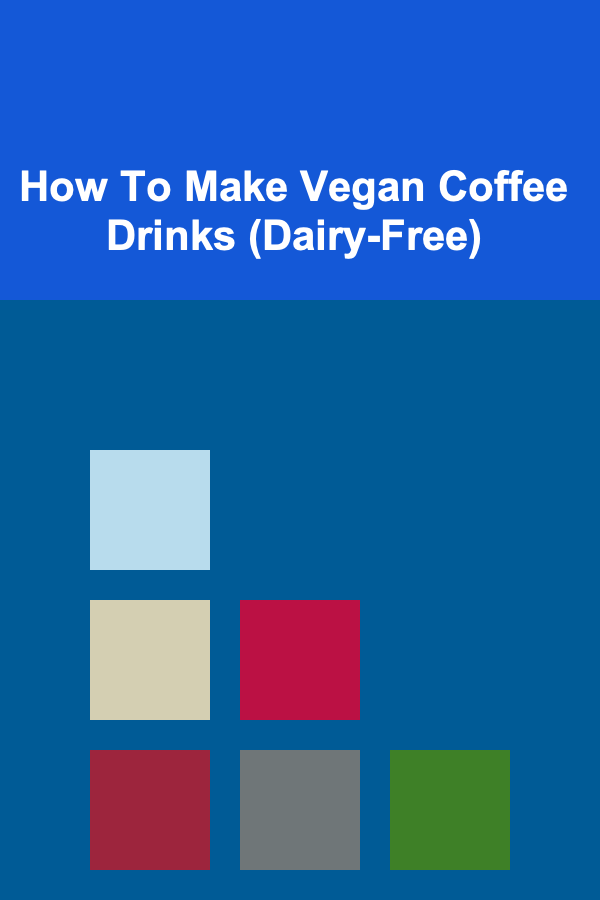
How To Make Vegan Coffee Drinks (Dairy-Free)
Read More
How to Use Scent and Lighting for a Harmonious Shared Space
Read More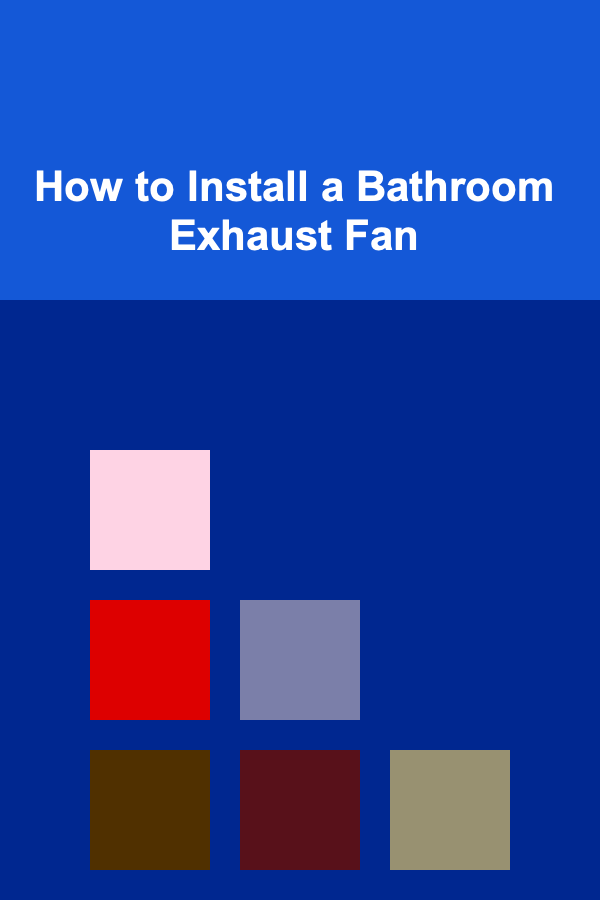
How to Install a Bathroom Exhaust Fan
Read More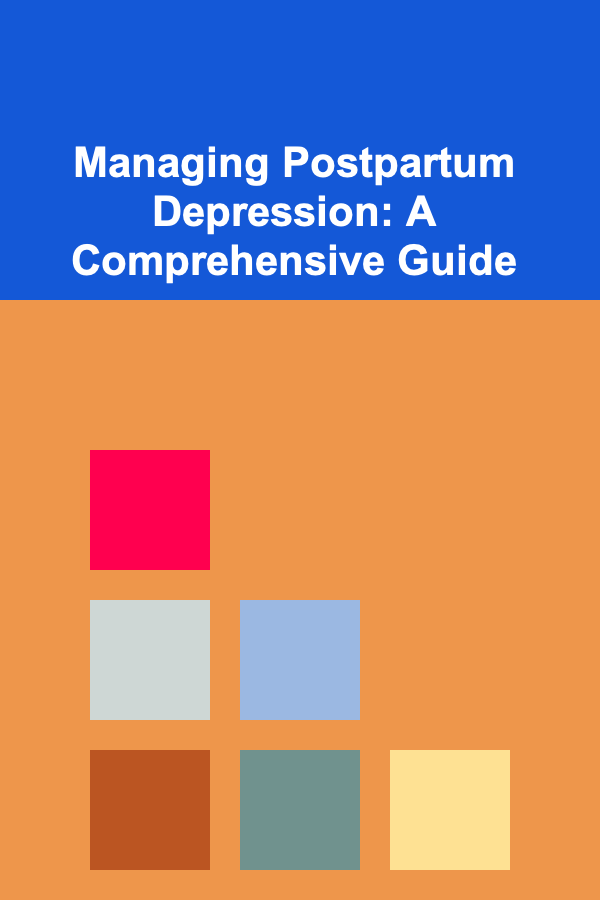
Managing Postpartum Depression: A Comprehensive Guide
Read More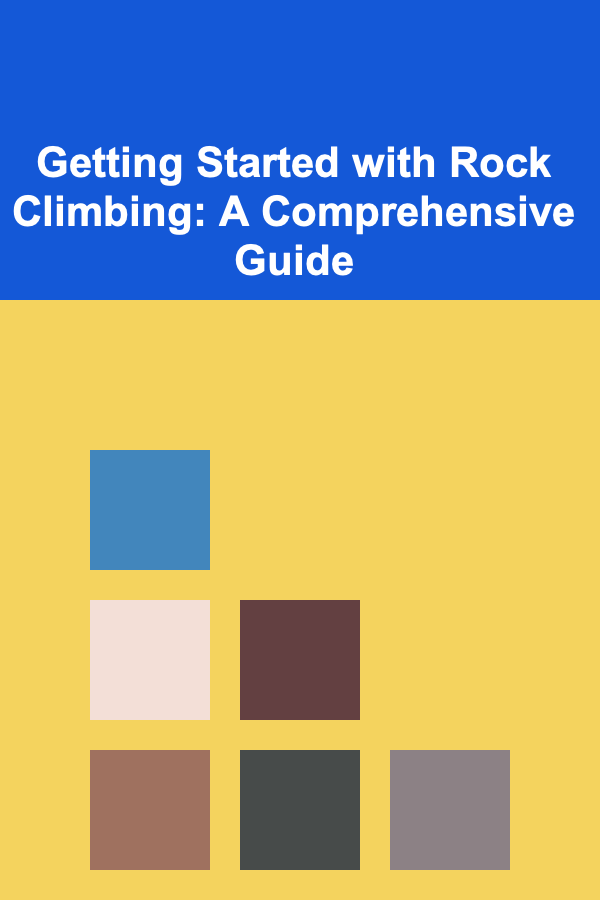
Getting Started with Rock Climbing: A Comprehensive Guide
Read MoreOther Products

How to Choose the Right Technology for Your Online Training Business
Read More
How To Make Vegan Coffee Drinks (Dairy-Free)
Read More
How to Use Scent and Lighting for a Harmonious Shared Space
Read More
How to Install a Bathroom Exhaust Fan
Read More
Managing Postpartum Depression: A Comprehensive Guide
Read More